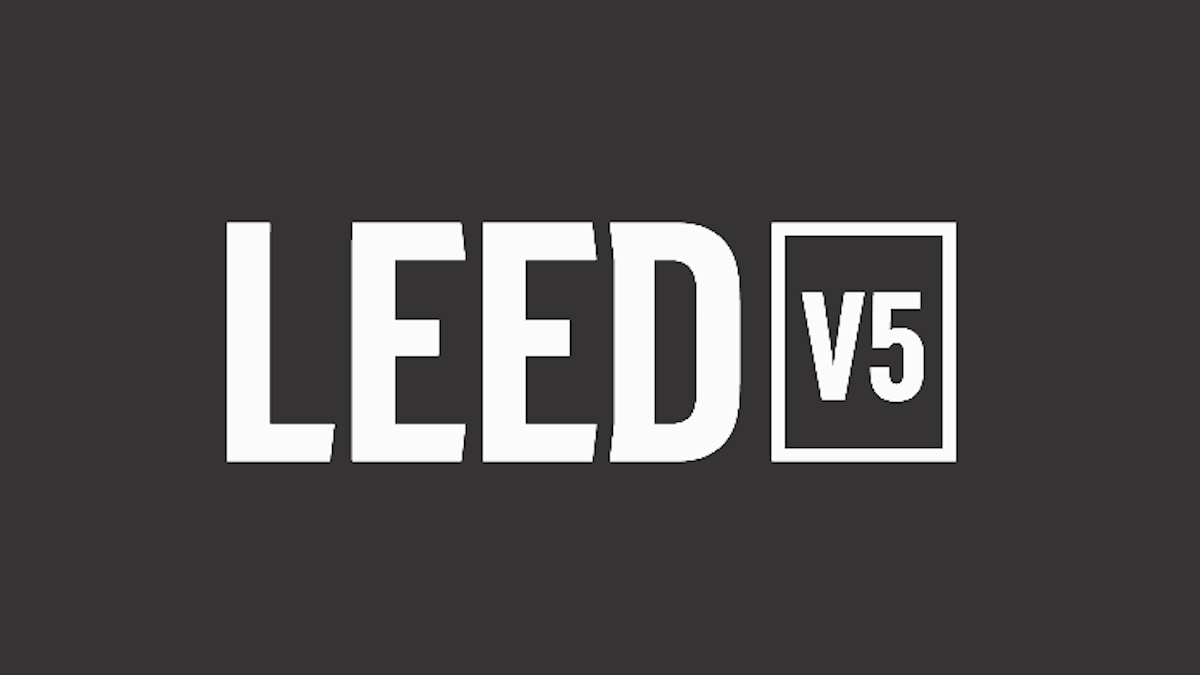International. The U.S. Green Building Council (USGBC), the global developer of the green building rating system, announced the opening of the first public comment period for the draft of the new LEED v5 document.
According to the entity, this step marks a milestone for LEED and the construction industry as a whole, as it provides a comprehensive framework for creating sustainable, efficient, and resilient built environments that promote environmental responsibility, economic viability, and social equity.
 "Buildings offer immediate opportunities to address climate change, biodiversity loss, equity, health, and much more when designed, constructed, and operated with intention," said Peter Templeton, president and CEO of the USGBC. "This is the architecture behind LEED v5, which targets areas where accelerated progress is most needed while also creating pathways that are accessible and enforceable."
"Buildings offer immediate opportunities to address climate change, biodiversity loss, equity, health, and much more when designed, constructed, and operated with intention," said Peter Templeton, president and CEO of the USGBC. "This is the architecture behind LEED v5, which targets areas where accelerated progress is most needed while also creating pathways that are accessible and enforceable."
Similarly, the executive stated that, focused on three areas of impact, all LEED v5 credits and prerequisites drive improvement towards decarbonization, quality of life, and/or ecological conservation and restoration.
- Decarbonization: LEED v5 focuses on reducing all major sources of emissions: operational, incorporated, refrigerants, and transportation.
- Quality of life: LEED v5 uses human-centered strategies to improve the health and well-being, resilience, equity, and inclusion of building occupants and their communities.
- Ecological Conservation and Restoration: LEED v5 emphasizes strategies and actions that can be implemented at the level of individual assets to limit environmental degradation and contribute to ecosystem restoration.
In addition, LEED v5 emphasizes impact, alignment, and interconnectedness to support initial and ongoing sustainability efforts throughout a building's lifecycle. Highlights of the impact include:
- LEED v5 Operations + Maintenance puts existing buildings on the path to decarbonization and links Platinum-level certification to near-zero operational carbon emissions.
- LEED v5 Building Design + Construction provides a framework for new buildings to reach near-zero carbon operations by 2050, in a decarbonized network, and, at the Platinum level, for buildings to reach near-zero carbon operations and incorporate carbon reductions today.
- For the first time, project teams will be equipped with key information to guide goal setting and project implementation, including methodologies for assessing climate resilience, carbon emissions to 2050, and social equity. This information will help project teams set higher aspirations, pursue greater innovation, and achieve better results.
- LEED v5 users will receive a LEED Impact Report that will help them measure, manage, and communicate their project's performance and allow them to make improvements over time.
Deadline for Comments
LEED v5 for the Building Design and Construction (BD+C), Interior Design and Construction (ID+C), and Operations and Maintenance (O+M) rating systems will be open for public comment from April 3 to May 20, 2024.
According to the USGBC, feedback is a critically important step in the LEED development process, and feedback from all stakeholder groups is invited and encouraged. Current drafts and comment forms are available on the USGBC website.
Final versions of LEED v5 incorporating feedback received during the public comment period are scheduled to be released in early 2025. As the development of LEED v5 continues over the next year, projects will be able to register to use the current version of LEED and will be subject to the requirements in place at the time of registration throughout their certification process.
With input from technical experts and industry stakeholders around the world, LEED v5 will offer a comprehensive framework aimed at fostering sustainable building practices that catalyze positive impact on a global scale. Information sessions on LEED v5 will be held during the public comment period.















